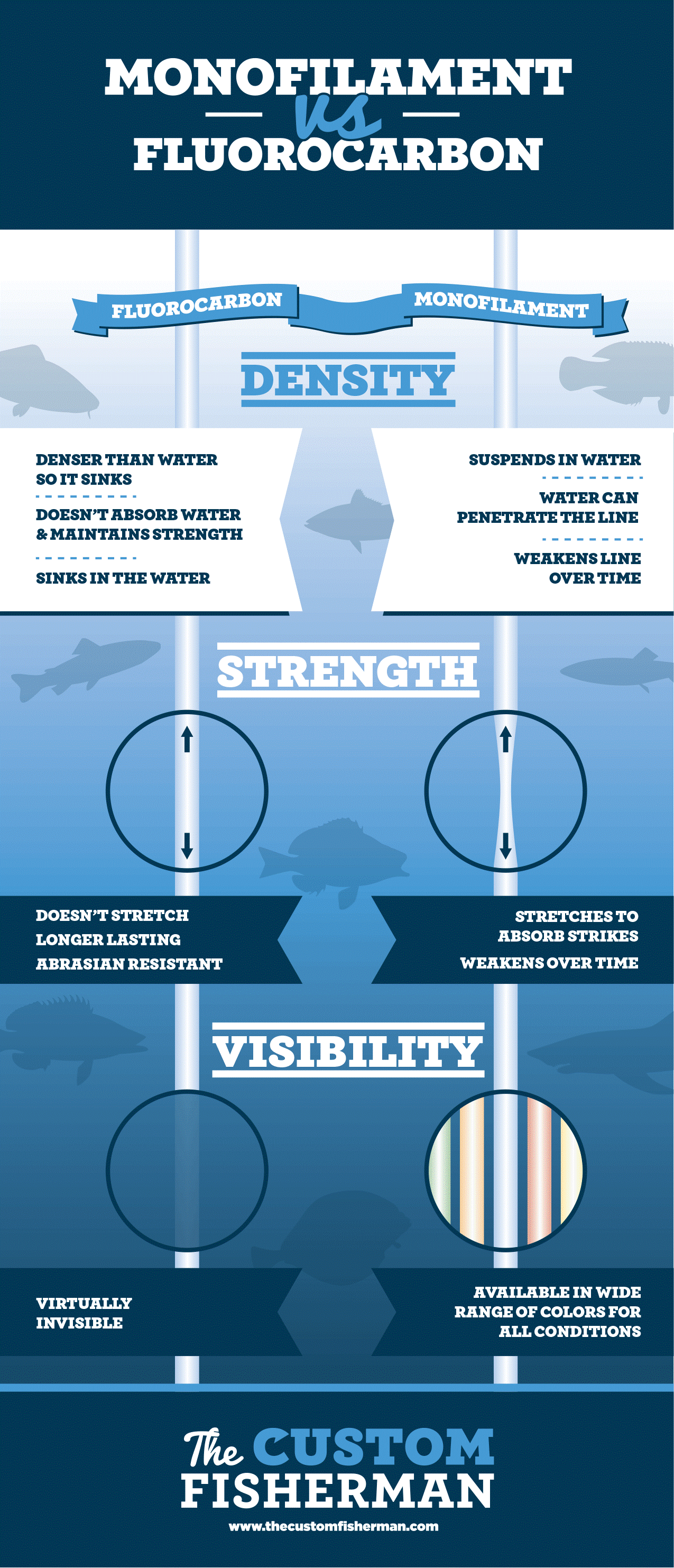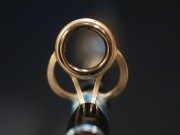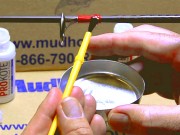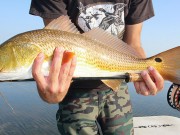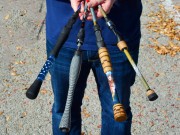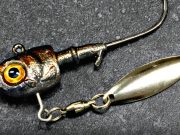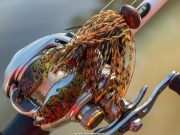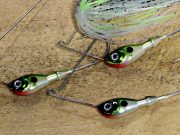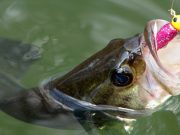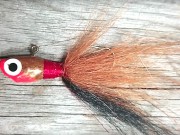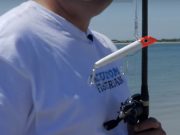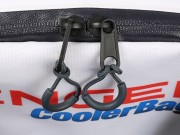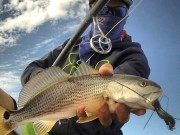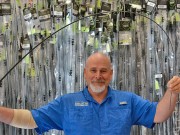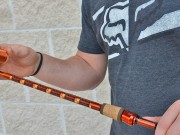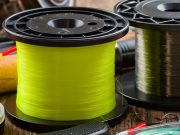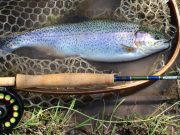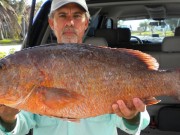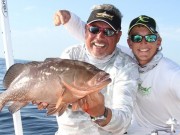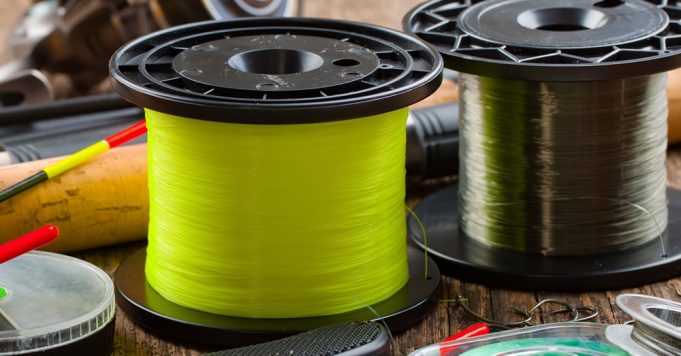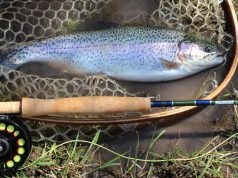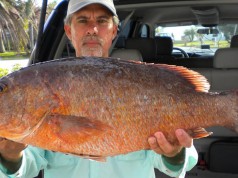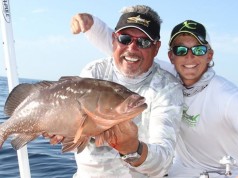You may hear professional fisherman talk about using fluorocarbon for one application, and monofilament for another. Ever wonder what the difference between the two lines really was? In this article, we highlight the major differences between fluorocarbon and monofilament, and offer suggestions for use.
Let’s start with an easy list of line characteristics before we dive into fishing applications.
Fluorocarbon Fishing Line
- Denser than water so it sinks
- Doesn’t absorb water & maintains high strength
- Sinks in water
- Doesn’t stretch, more sensitive
- Longer lasting
- Abrasion resistant
- Virtually invisible in water
- Weak knots unless you wet line first
Monofilament Fishing Line
- Suspends in water
- Water can penetrate the line
- Weakens line over time
- Stretches to absorb strikes
- Less sensitive
- Available in wide range of colors
Fishing Applications
One type of line is not necessarily the best for all applications. Here are some suggestions for when to use fluorocarbon and monofilament fishing line.
When To Use Fluorocarbon
- When you are fishing and fish are easily spooked, this line is a great choice due to fluorocarbons near invisibility.
- When you want a braid alternate when flipping, fluorocarbon has great low-stretch hook-setting power.
- When your application requires a sensitive feel and braid is not an option, fluorocarbon is a great choice.
- When braid it too noticeable in the water, a fluorocarbon leader greatly reduces the chances of spooking line-wary fish.
When To Use Monofilament
- When fishing a floating top water bait, because monofilament line floats on the water.
- When fishing certain treble-hooked lures like diving and lipless crankbaits. Monofilaments inherit stretch makes it tougher for fish to “throw” the lures during the fight.
- When fishing colder weather bites where it will be a benefit to keep that lure in their mouth that one extra tick. It will help increase hook-ups.
- When worm fishing a Texas or Carolina rig with fluorocarbon or braided line, a monofilament leader can hold the lure just a little higher off the bottom and that may lead to more strikes.
Hope you found this informative. Here’s an infographic that highlights the differences between monofilament and fluorocarbon fishing line.
Monofilament vs. Fluorocarbon Infographic
